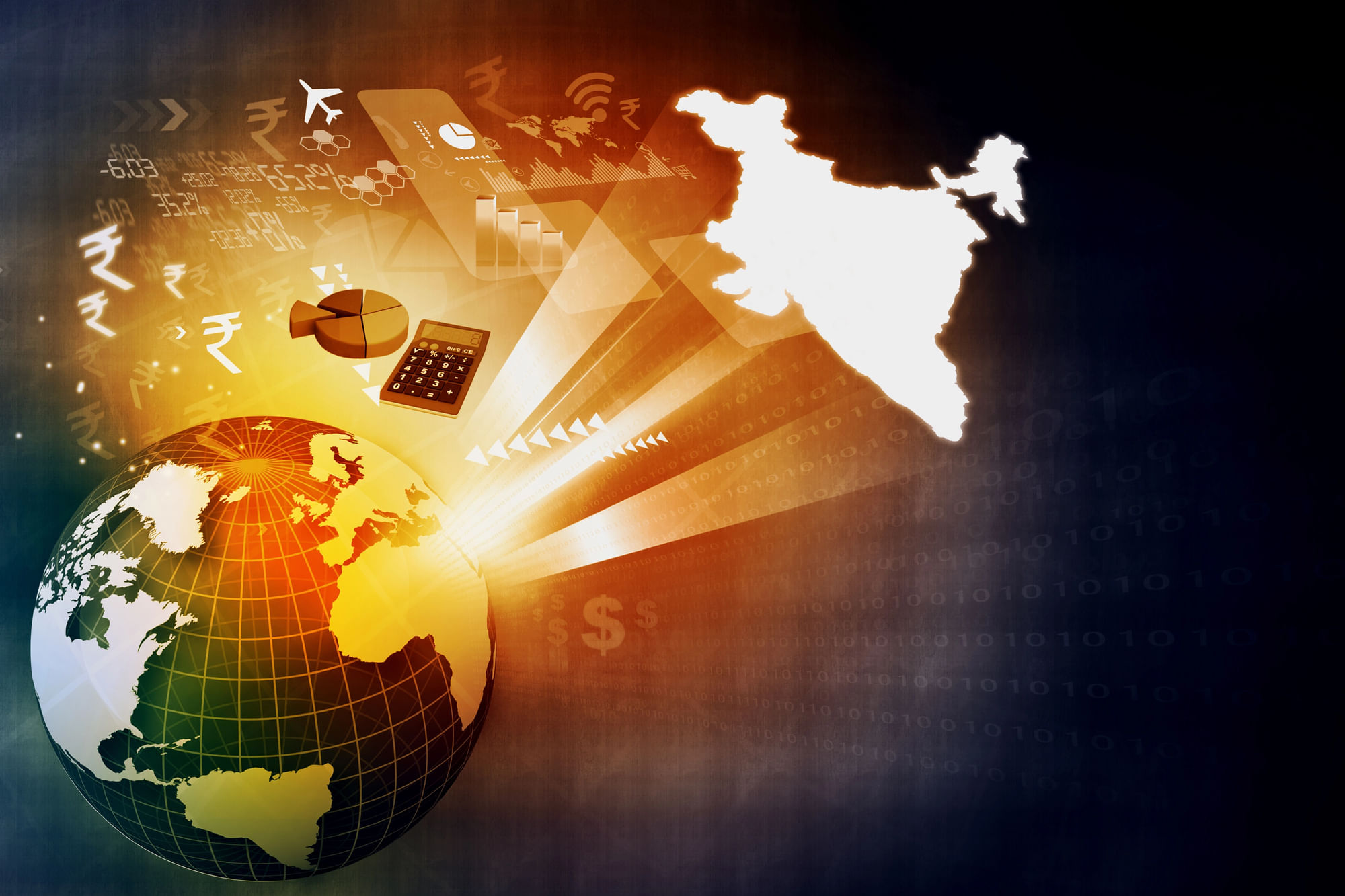New Delhi: The upcoming Goods and Services Tax (GST) reforms are set to help India weather the tariff storm imposed by the Donald Trump-led administration and the country would remain one of the fastest-growing emerging market economies in Asia through this decade, BMI, a Fitch Solutions company, said on Thursday.
The GST 2.0 reforms are aimed at reducing rates and boosting private consumption. The proposal was announced by Prime Minister Narendra Modi during his Independence Day speech.
“We forecast India’s economic growth to steadily slow to just above 6.0 per cent by the decade’s end, slightly below the 2010-2019 pre-pandemic average of 6.5 per cent, yet still positioning India among Asia’s fastest-growing economies,” BMI said.
“We previously estimated that a 25-percentage point increase in the ‘reciprocal’ tariff would slow real GDP growth in FY2025/26 (April-March) and FY2026/27 by a further 0.2 per cent. As such, we have revised down our forecasts accordingly and now expect the economy to expand by 5.8 per cent in FY2025/26 and 5.4 per cent in FY2026/27,” it said.
GST reforms would lift consumption
Notably, a SBI Research report stated that the proposed GST reforms and the income tax cuts, could lift consumption by Rs 5.31 lakh crore. The GST 2.0 could unleash a consumption boost and hence higher tax revenue, lower inflation and higher growth. The revenue loss through GST rate adjustment could be more than offset by increased consumption and cess adjustments, the Research mentioned.
The current GST structure (GST 1.0) consists of four main rate slabs: 5%, 12%, 18% and 28%. GST 2.0 would consist of two main slabs – 5% & 18%.
Global ratings agency, Fitch Ratings, has also exuded confidence in India’s growth story and affirmed India’s rating at ‘BBB’ with a stable outlook, and expects US tariffs to have a limited impact on growth.
